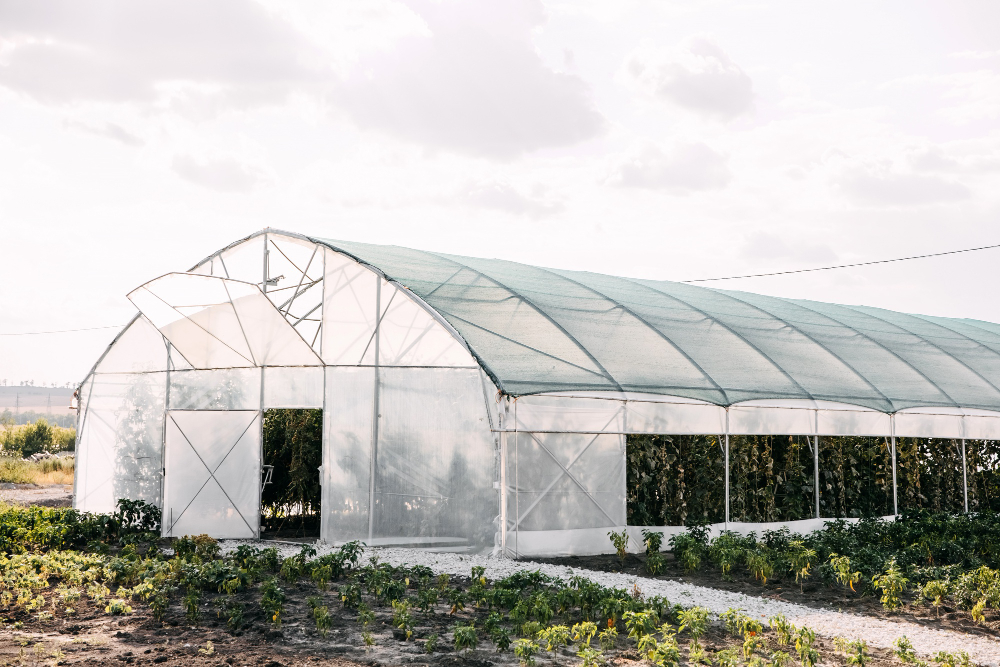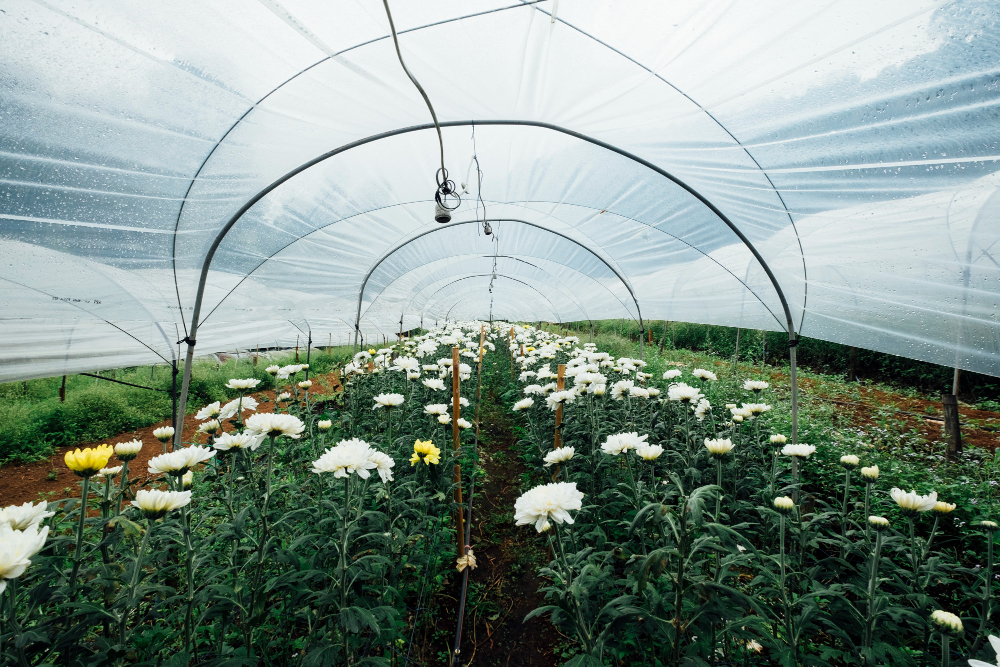Last updated on
In the world of agriculture and horticulture, the importance of efficient and sustainable greenhouse roofing cannot be overstated. Greenhouse plastic roofing has emerged as a revolutionary solution, offering a plethora of benefits that cater to the needs of modern-day growers.
Among the myriad options available, LEXAN THERMOCLEAR™ multiwall polycarbonate sheeting stands out as a smart choice, revolutionizing the way we think about greenhouse roofing. In this article, we delve into the advantages of greenhouse plastic roofing, with a special focus on the remarkable benefits offered by LEXAN THERMOCLEAR™.
Lightweight Design

The first notable advantage of greenhouse plastic roofing, especially those made from LEXAN THERMOCLEAR™ multiwall polycarbonate sheeting, is their outstanding balance of lightweight. Traditional roofing materials can be cumbersome and heavy, requiring substantial structural support.
However, plastic roofing significantly reduces the load on greenhouse structures, making them easier and more cost-effective to construct. This lightweight design not only simplifies installation but also enhances the overall efficiency of the greenhouse operation.
High Stiffness
Despite their lightweight nature, LEXAN greenhouse plastic roofing, boast high stiffness. This structural rigidity ensures durability and longevity, capable of withstanding adverse weather conditions and environmental stresses. The high stiffness of these roofing materials translates to enhanced stability and resilience, providing growers with peace of mind knowing their greenhouse is built to last.
Ease of Installation

One of the most appealing aspects of greenhouse plastic roofing, including LEXAN THERMOCLEAR™, is their ease of installation. Unlike traditional roofing materials that often require specialized labor and extensive time commitments, plastic roofing sheets can be effortlessly installed by growers themselves or with minimal professional assistance.
The simplicity of installation not only reduces labor costs but also expedites the construction process, allowing growers to start cultivating crops sooner.
Condensation Resistance
Condensation can pose a significant challenge in greenhouse environments, potentially leading to issues such as mold growth and water damage. Greenhouse plastic roofing, especially those incorporating advanced technologies like LEXAN THERMOCLEAR™, offer excellent condensation resistance.
These roofing materials are designed to minimize condensation buildup, creating a conducive environment for plant growth while mitigating the risk of moisture-related problems. By reducing condensation, growers can maintain optimal growing conditions and safeguard their crops against potential threats.
Long-term Light Transmission
Effective light transmission is crucial for maximizing plant growth and productivity in greenhouses. Greenhouse plastic roofing, particularly variants like LEXAN THERMOCLEAR™, excel in providing long-term light transmission properties.
These roofing materials are engineered to allow optimal passage of natural sunlight, ensuring uniform distribution of light throughout the greenhouse. By harnessing natural sunlight efficiently, growers can reduce their reliance on artificial lighting and energy consumption, promoting sustainability and cost-effectiveness in their operations.
Remarkable Impact Strength
In addition to withstanding environmental stresses, greenhouse plastic roofing, such as LEXAN THERMOCLEAR™, exhibit remarkable impact strength. This inherent durability makes them resistant to damage from hail, falling debris, or accidental impacts, safeguarding the integrity of the greenhouse structure.
By investing in impact-resistant roofing materials, growers can mitigate the risk of costly repairs and downtime, thereby optimizing their operational efficiency and profitability.
Table of Contents




